Complete Guide to Card Counting Systems & Values
What is Card Counting?
Card counting is a mathematical strategy used in blackjack to determine when the deck composition favors the player. By tracking the ratio of high cards to low cards remaining in the deck, skilled players can make more informed betting and playing decisions.
The fundamental principle behind card counting is that high-value cards (10s, face cards, and Aces) benefit the player more than the dealer, while low cards (2-6) favor the house. When more high cards remain in the deck, players have better odds of getting blackjack, winning double downs, and seeing the dealer bust.
Basic Card Counting Example
Let's illustrate with a simple example: In a single deck containing 16 high-value cards (four each of 10, J, Q, K, A), if 8 players receive all these high cards in one round, the probability of getting a 10-value card in the next round becomes zero.
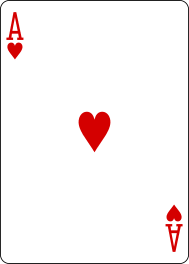 -1
-1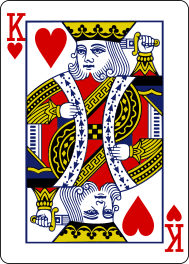 -1
-1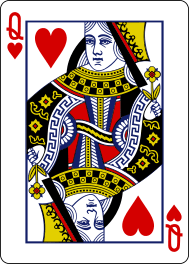 -1
-1 -1
-1 -1
-1
The Hi-Lo Card Counting System
In real-world casino blackjack, games typically use 6-8 decks, making it impossible to memorize every card that has been dealt. The Hi-Lo system simplifies this challenge by grouping all cards into just three categories with assigned values: -1, 0, and +1.
This systematic approach allows players to maintain a running count without tracking individual cards. As cards are dealt, you simply add or subtract the corresponding values to maintain your count.
Card Value Groups in Hi-Lo System
High Cards (Value: -1)
Cards: 10, Jack, Queen, King, Ace
Why -1: These cards favor the player and reduce the deck's favorability when removed.
- GROUP -1: All 10-value cards (10, Queen, Jack, King) and Aces
 -1
-1 -1
-1 -1
-1 -1
-1 -1
-1Neutral Cards (Value: 0)
Cards: 7, 8, 9
Why 0: These cards have minimal impact on the game's outcome and are considered neutral.
- GROUP 0: Cards 7, 8, 9 - These cards are ignored in the count as they don't significantly affect the player's advantage.
 0
0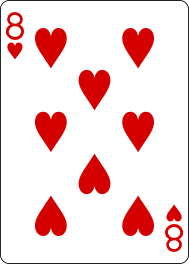 0
0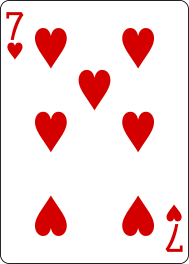 0
0Low Cards (Value: +1)
Cards: 2, 3, 4, 5, 6
Why +1: These cards favor the dealer and increase the deck's favorability to the player when removed.
- GROUP +1: Cards 2, 3, 4, 5, 6 - When these cards are dealt, the remaining deck becomes more favorable to the player.
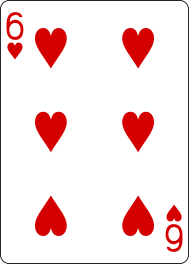 1
1 1
1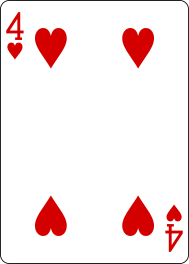 1
1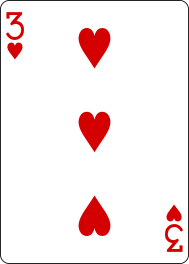 1
1 1
1How to Use the Running Count
The running count is the sum of all card values you've observed. Here's how to interpret it:
Positive Count (+2, +3, +4, etc.)
- More low cards have been dealt than high cards
- The remaining deck is rich in high cards
- Favorable situation for the player
- Consider increasing your bet size
Negative Count (-2, -3, -4, etc.)
- More high cards have been dealt than low cards
- The remaining deck is rich in low cards
- Unfavorable situation for the player
- Consider betting the minimum
Neutral Count (0, +1, -1)
- The deck composition is relatively balanced
- No significant advantage to either player or dealer
- Stick to basic strategy and minimum bets
True Count Conversion
In multi-deck games, you must convert your running count to a "true count" by dividing the running count by the estimated number of decks remaining in the shoe.
Formula: True Count = Running Count ÷ Decks Remaining
Example Calculations
- Running Count: +6, Decks Remaining: 3 → True Count: +2
- Running Count: +8, Decks Remaining: 4 → True Count: +2
- Running Count: -4, Decks Remaining: 2 → True Count: -2
The true count provides a more accurate representation of your advantage because it accounts for the concentration of favorable cards in the remaining deck.
Quick Reference Summary
| Card Values | Hi-Lo Count | Cards Included | Impact on Player |
|---|---|---|---|
| High Cards | -1 | 10, J, Q, K, A | Favorable when remaining |
| Neutral Cards | 0 | 7, 8, 9 | No significant impact |
| Low Cards | +1 | 2, 3, 4, 5, 6 | Favorable when dealt |
Count Interpretation Guide
Legal and Ethical Considerations
Important: While card counting is not illegal, casinos have the right to refuse service to players they suspect of counting cards. This information is provided for educational purposes only.
- Card counting requires significant practice and skill
- Casinos employ countermeasures to detect and deter card counters
- Always gamble responsibly and within your means
- Consider this as an intellectual exercise rather than a guaranteed money-making strategy